- Ask a related questionWhat is a related question?A related question is a question created from another question. When the related question is created, it will be automatically linked to the original question.
This thread has been locked.
If you have a related question, please click the "Ask a related question" button in the top right corner. The newly created question will be automatically linked to this question.
ISO3082 Abnormal communication waveform
1. We have done the ABA cross test to confirm that the chip is defective.
2. MODBUS sends the same series of commands and receives different waveforms at the AB end.
The customer wants to know what causes the failure?

2.OK
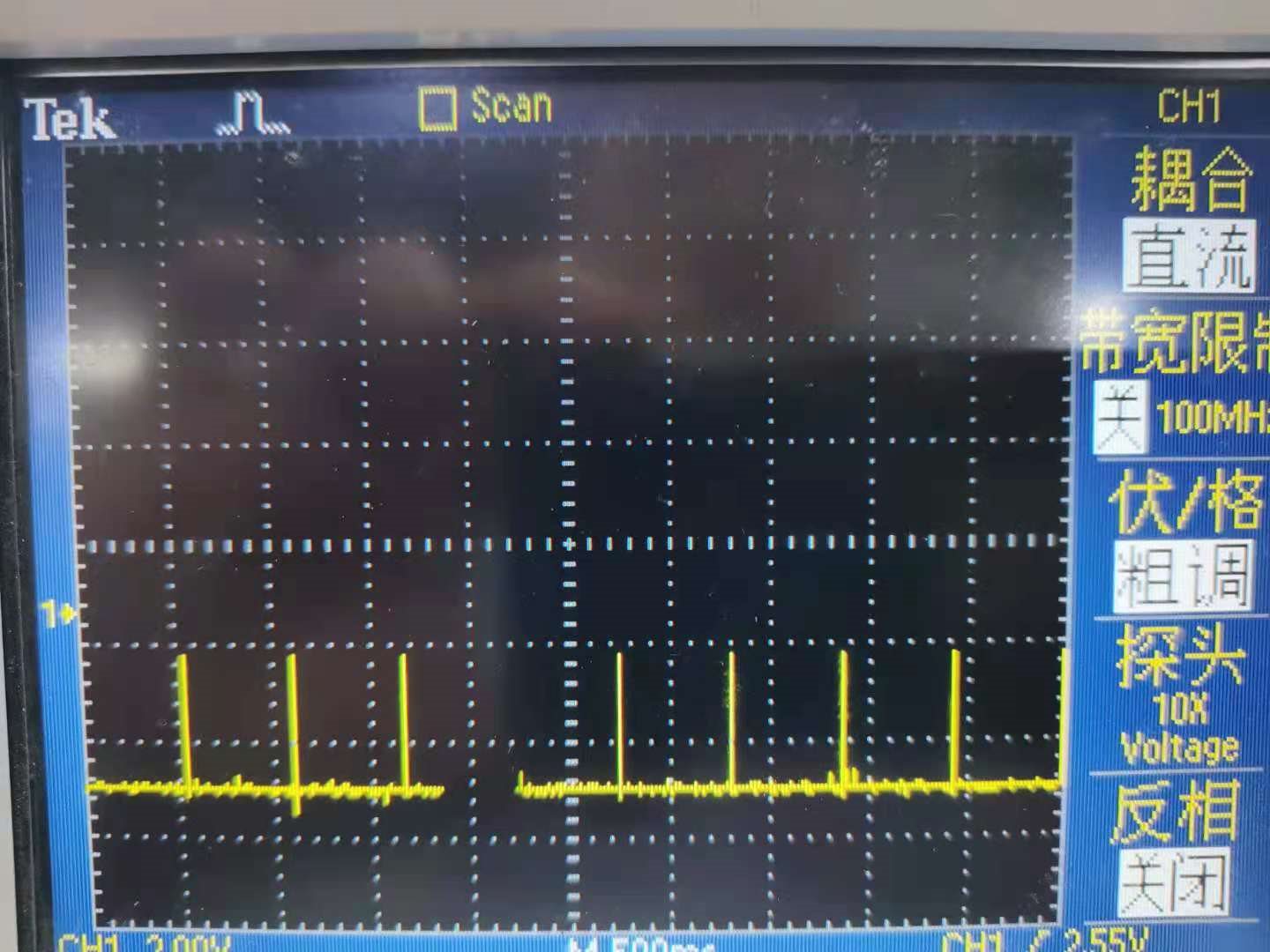
3.NG
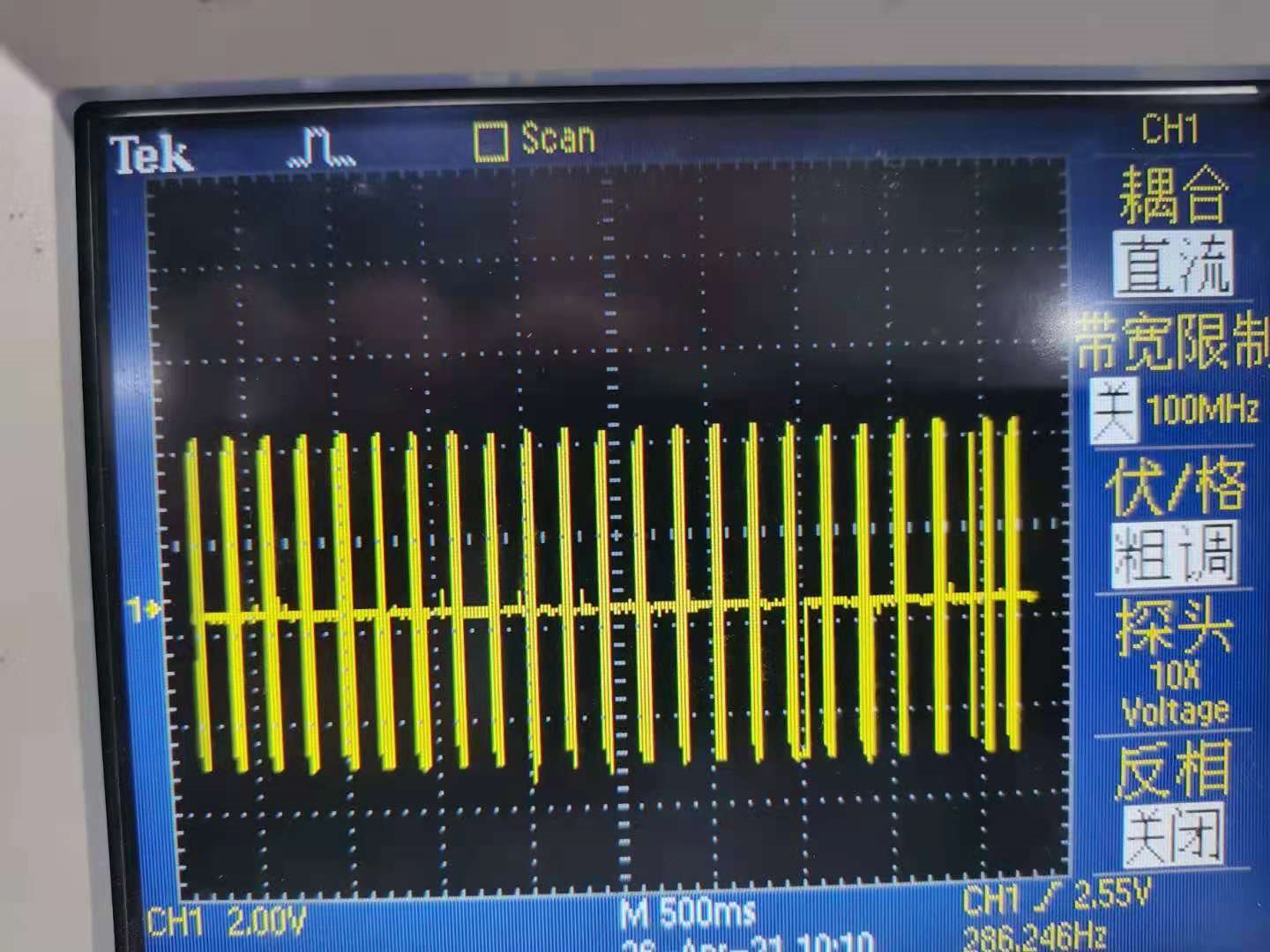
Hi Kevin,
Thanks for reaching out to us and reporting the issue that customer is facing.
Could you please share more information to help debug?
If you have only seen one device be defective and all other devices are working fine, then there is a possibility that the device could have been damaged due to handling prior to testing. In any case, please do share above information so that we can help you debug the issue. Thanks.
Regards,
Koteshwar Rao
Hi Kevin,
I addition to Koteshwar's comment, I would like to point out that the clamping voltage of the BZG03C33 is greater than 33V which is greater than the absolute maximum rating of the bus voltage -9V to 14V. Any system level transient (IEC ESD, EFT, etc.) could easily damage the device.
BZG03C33 breakdown voltage
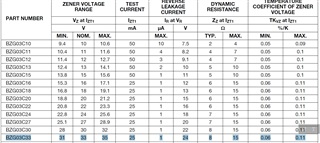
ISO3081 abs max ratings

I recommend this TI design that describes the RS485 bus protection scheme with a proper TVS diode.
I would also like to bring to your attention that ISO1410 is our newer RS485 device that has better performance than ISO3082.
Regards,
Alfred
TO Koteshwar Rao:
4、There are not any shorts beetween any pin of the device to GND or VCC;
3、We use modbus poll software to test the device.Many of the products were tested abnormally for the first time we tested,but they can recover if we tested once more.
2、Waveform
2.1、normal between RS+ and RS-
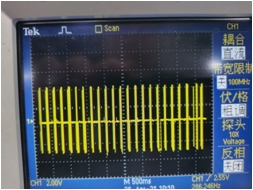
2.2、abnormal waveform between RS+ and RS-
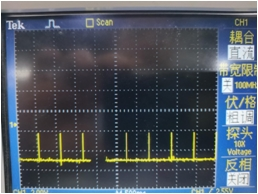
2.3、normal waveform of TXD
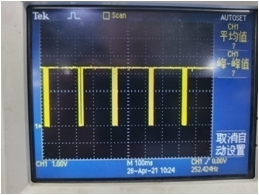
2.4、abnormal waveform of TXD
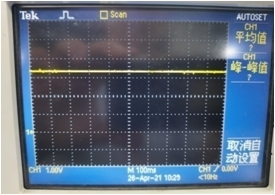
2.5、normal waveform of enable
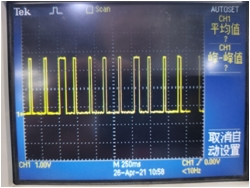
2.6、abnormal waveform of enable
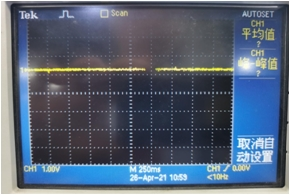
2.7、normal waveform of RXD
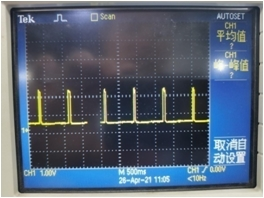
2.8、abnormal waveform of RXD

1、There is one ISO3082 defective,the others can recover normally
Hi Kevin,
Thanks for capturing the waveforms!
The waveforms of TXD and DE/RE_BAR of the abnormal device did not toggle. It seems to me that the TXD and DE/RE_BAR pins voltages were pulled high constantly. Assuming that these two pins have good connections to the controller, their voltages can only be pulled high by an external source, or ISO3082 has been damaged and caused a short between VCC1 and TXD, and VCC1 and DE/RE_BAR pin inside the chip.
Regards,
Alfred
1、There is not a short between VCC1 and D on the board.
2、The resistance we test:
|
abnormal device |
|||
|
VCC1 |
RXD |
26.38 |
|
|
VCC1 |
Enable pin |
18.6 |
|
|
VCC1 |
TXD |
9.27 |
|
|
normal device |
|||
|
VCC1 |
RXD |
9.21 |
|
|
VCC1 |
Enable pin |
18.87 |
|
|
VCC1 |
TXD |
9.38 |
Hi Kevin,
Thank you for getting the measurement!
The measured resistor values are too low. As shown in the below equivalent circuits, the expected resistance between VCC1 and D is about 1M ohm, and VCC1 to RE is also 1M ohm. Could you please verify the measurements?

If the measured resistances match the expected values for both the abnormal and normal devices. Then, the TXD and enable pins do not short to VCC1. Since there is no short on the board among VCC1, TXD, and enable pins, it suggests that the TXD and enable do not get the correct signals from the controller. Could you please check the microcontroller is sending the expected signal?
Regards,
Alfred
We have replace a normal ISO3802 to the position of the abnormal one ,the microcontroller can work well.So I don't think the microcontroller isn't send the expected signal,
According to the message about ,we just want to know what can cause the device go to defective and how we can avoid to cause the device go to defective.
Hi Hanqing.
Thank you for your clarification!
System-level transient (IEC ESD, EFT, etc.) can damage the device. As mentioned BZG03C33, the diode used in the design has a breakdown voltage that is higher than the absolute maximum rating of ISO3082 bus voltage. Hence, BZG03C33 cannot protect the ISO3082 from the system-level transient. I recommend this TI Design to choose the TVS diode that meets the requirement.
BZG03C33 breakdown voltage

ISO3081 abs max ratings

Regards,
Alfred